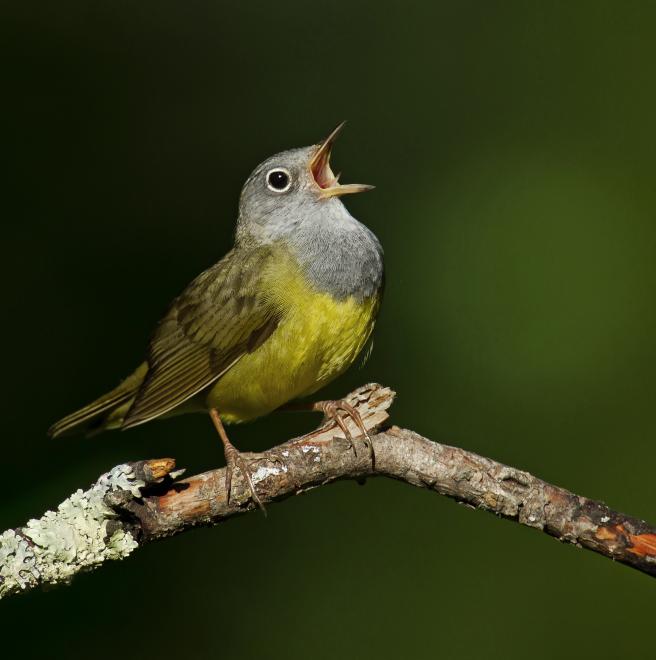

This unique species breeds somewhere few humans will ever go: dense, mosquito-infested spruce bogs. Many birders prefer, instead, to find them mincing around in the undergrowth during migration in places like Chicago in May or New York City in October. Audubon's climate model projects a total shift in summer climate space--with none of the core range stable or included by 2080. It appears, however, that a good deal of the new space is currently Arctic tundra, and black spruces are famously slow-growing trees. The model does not make any winter projections, as Connecticut Warblers winter in South America.
Explore more birds threatened by climate change around the country.





















It's easier than you think to make a difference. Become an Audubon member today to help birds facing climate change.